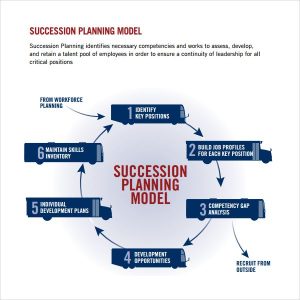
In every workplace, conflicts are bound to occur at some point. These conflicts can arise due to various reasons such as differences in opinions, misunderstandings, or clashes in personalities. However, how conflicts are managed and resolved in a workplace is crucial for maintaining a healthy work environment and maximizing productivity.
Identifying the Causes of Workplace Conflicts
Before delving into conflict resolution strategies, it is important to identify the causes of conflicts in the workplace. Common causes include:
Communication breakdown: Misinterpretation of information or poor communication channels.
Differences in work styles: Conflicts arising from different work approaches or methods.
Competition: Conflict arising from a competitive work environment or scarcity of resources.
Personality clashes: Differences in personalities that result in conflicts.
Role ambiguity: Lack of clarity about job responsibilities resulting in conflicts.
Strategies for Workplace Conflict Resolution
1. Address conflicts promptly
It is essential to address conflicts as soon as they arise to prevent them from escalating. Ignoring or delaying conflict resolution can negatively impact employee morale and work productivity.
2. Encourage open communication
Effective communication is vital for resolving conflicts. Encourage employees to openly express their concerns and provide a safe space for open dialogue. Active listening, understanding perspectives, and avoiding defensive responses are also crucial.
3. Mediation and negotiation
Employing a neutral third party as a mediator can be helpful in resolving conflicts. This mediator can facilitate a conversation between the conflicting parties, encouraging them to find a middle ground and negotiate a mutually beneficial solution.
4. Establish clear guidelines and expectations
Clearly defined rules, responsibilities, and performance expectations help prevent conflicts arising from role ambiguity. When employees understand their roles and responsibilities, conflicts related to misunderstandings can be minimized.
5. Encourage teamwork and collaboration
Promoting a team-oriented work environment fosters collaboration and encourages employees to work together towards shared goals. When individuals feel valued as part of a team, conflicts are often resolved collaboratively.
6. Provide conflict resolution training
Offering conflict resolution training to employees can equip them with essential skills for managing and resolving conflicts effectively. This training can include techniques for effective communication, active listening, and negotiation.
7. Implement a formal grievance procedure
Establishing a formal grievance procedure provides employees with a structured process for reporting and resolving conflicts. This can ensure that conflicts are addressed professionally and consistently.
8. Seek professional help if necessary
In some cases, conflicts may be deeply-rooted or involve complex dynamics. Seeking guidance from professional conflict resolution specialists or consultants can help in resolving such conflicts efficiently.
Conclusion
Workplace conflicts are inevitable, but they can be effectively managed and resolved through appropriate strategies. By promptly addressing conflicts, encouraging open communication, and providing employees with conflict resolution training, organizations can foster a harmonious work environment conducive to productivity and teamwork.

